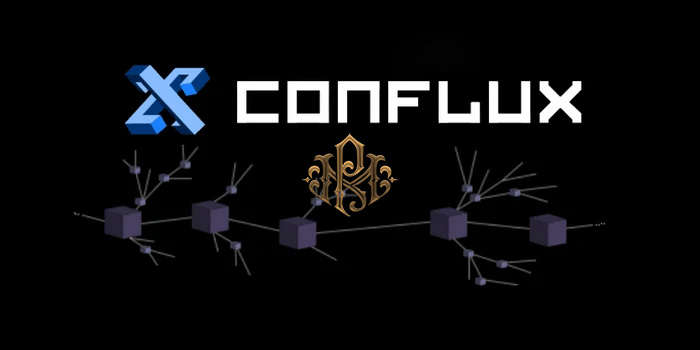
Close



Conflux multi-chain protocol will shut down after two years, ShuttleFlow will change ownership to be managed and developed by Zero Gravity. Read more details in the continuation of this news from Pooyan Music website.
In a surprising twist, Conflux, the multi-chain protocol that has been active for the past two years, is set to shut down. The news comes as a shock to the blockchain and cryptocurrency community, given the protocol’s promising technology stack and the support it has garnered in its short life. However, the Conflux Foundation, also known as the Shanghai Graph Tree Blockchain Research Institute, has decided to cease operations. But don’t worry, because the technology will continue under a new name and ownership.
The Conflux ecosystem’s multi-chain protocol, ShuttleFlow, isn’t going away completely. Instead, it is handing it over to a new operator, Zero Gravity, a Web3 studio. Zero Gravity committed to developing and maintaining the protocol. According to the developers, “all user funds are secure and will be transferred from ShuttleFlow to Zero Gravity.” The transition is expected to be seamless for users, as the developers stated: “Users who have already been bridged via ShuttleFlow and have completed claiming their bridged assets on the destination chain do not need to perform additional migration operations.”
This move ensures continuity of technology, protects user assets and investments. This represents a strategic decision by Conflux to ensure that their pioneering work in the multi-chain space finds a new home where it can continue to evolve.
There is a grace period for those who bridge assets but have not yet claimed them. The ShuttleFlow decentralized application (dApp) will be partially operational by January 2024. During this time, users who have not claimed their assets will have the opportunity to do so. However, after this date, Shuttleflow’s website and servers will be permanently deleted.

Conflux’s journey into the blockchain world began in 2021 with the introduction of the ShuttleFlow asset bridge. The goal was to better integrate users into the decentralized financial ecosystem. At the time, Conflux had a proof-of-work algorithm that could handle protocol transactions at a staggering rate of up to 6,000 per second, demonstrating its scalability and efficiency.
Conflux Foundation had made strides in the blockchain industry and even partnered with China Telecom, one of the country’s largest telecommunications companies with over 390 million users. The goal of their collaboration was to develop a blockchain SIM card, which reflects Conflux’s ambition to expand its reach and applications beyond the financial sector.
Conflux operates as a layer 1 blockchain and uses a hybrid model of proof-of-work and proof-of-stake consensus. It’s worth noting that Conflux is backed by the Shanghai Municipal People’s Government, which helps it claim to be the “only regulated public blockchain in China.”
As the multichain protocol hands over the reins to Zero Gravity, it marks the end of an era of Conflux, but potentially the beginning of a new chapter with new innovations and features under a new name. This transition emphasizes the dynamic nature of the blockchain industry and its continuous evolution. Users and enthusiasts will no doubt wonder how this change will shape the future of multi-chain technology. will monitor.